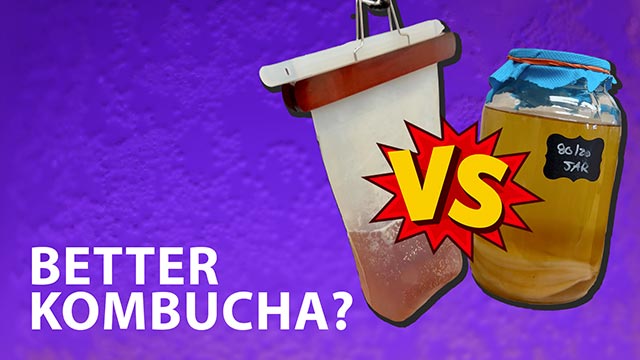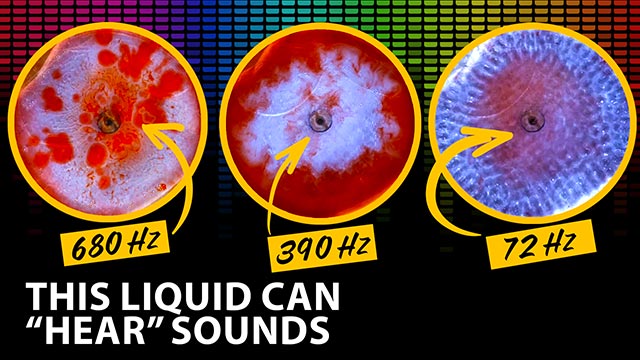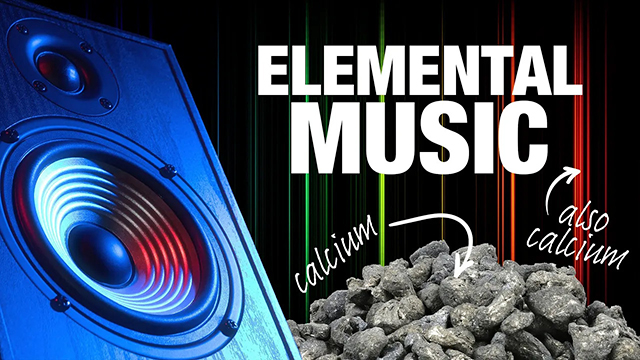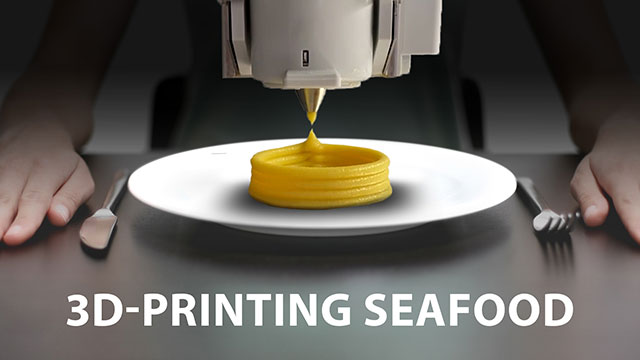Researchers at the West Point Military Academy are studying historic gunpowder formulas from the medieval era … by firing them out of an actual cannon.
Source Article
“Energetics analysis of medieval black powder”
Presented at ACS Spring 2024 on March 18, 2024
Presenter: Dawn Riegner, Ph.D.
Transcript
Narrator: Sometimes, in research, you just have to blow things up.
Dawn Reigner, Ph.D.: It was awesome! I was so ... you could feel it in your gut. I mean, it was so powerful. Your stomach felt that, and it was so bright. I was so shocked by it.
Narrator: Researchers at the West Point Military Academy are studying historic gunpowder formulas from the medieval era. Medieval gunpowder had three main ingredients: Charcoal, sulfur and potassium nitrate, also known as saltpeter. Medieval gunners also customized their recipes and sometimes added unexpected ingredients like vinegar and brandy. But did these adjustments actually make the gunpowder better?
Clifford Rodgers, Ph.D.: From a historical perspective, our number one question was, did these guys know what they were talking about? Right? Because a lot of historians had just sort of dismissed some of the variations or presumed that they were gradually working their way towards the right answer. We wanted to see if that was born out by testing.
Narrator: The team started by mixing up gunpowder samples using recipes and techniques from historic records. They used laboratory tools to measure how hot and fast the gunpowder burned.
Clifford Rodgers, Ph.D.: At first we were thinking maybe we would just be able to team up with the chemistry department and do some lab tests to kind of get at that, but we became more ambitious when we got a grant that enabled us to have a replica 15th-century cannon made.
Narrator: Basically, they made one of these. And they got some cannonballs, too.
Maj. Justin Hunter: And so we rent out a army van called TMP, and we load it up full of cadets and all of our equipment and head to one of the ranges. Like I said, West Point being a great place for this because the ranges at West Point are five to 10 minutes down the road.
Man yelling: Safety key is in … fire! [cannon fires]
Lt. Col. Samuel Cowart: The first few times we fired it, you know, we'd set it up and we'd pack the sandbags on there, and we said, for sure it's going to stay here this time. And inevitably it will move back 5, 6 feet and tear everything up.
Narrator: The researchers measured the cannonball’s speed to compare the effectiveness of different recipes. Faster cannonballs travel farther and hit their targets harder.
Clifford Rodgers, Ph.D.: We were sort of working with a hypothesis that if the gunners knew what they were doing, then the recipe that would work best in this gun was the recipes that were closest in time to the gun. And on our most recent testing, that is pretty much exactly what we have found.
Maj. Justin Hunter: And it's noticeable enough that when it fired, you could hear it, feel it go faster, and then Cliff would come over, hey, that's one of the ones that were made for that cannon. You're like, oh wow. That's why I can literally feel the difference on the range.
Narrator: And it turns out that brandy might be a medieval gunner’s secret weapon, perhaps because of the extra hydrocarbons it contributes for combustion.
Lt. Col. Samuel Cowart: I kind of went in with a skeptical mind. When we're out there on the range and we shoot these, you can feel the difference before you ever measure the velocities off of the high-speed camera. So far that's been the most interesting thing to me, that those additives were actually put in there for a reason. And they do have, at least, a noticeable effect on the performance of the gunpowder. So, I'm less skeptical about old gunpowder recipes now.
Narrator: The research is being presented at ACS Spring 2024, a meeting of the American Chemical Society.
To embed this video, please visit YouTube and use the Share function.







